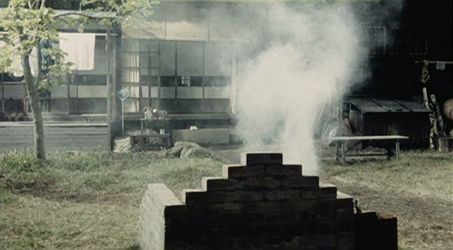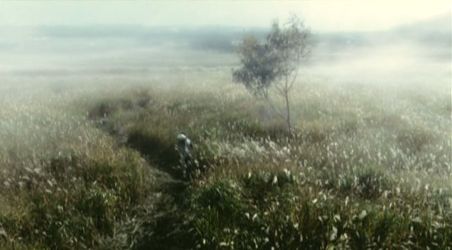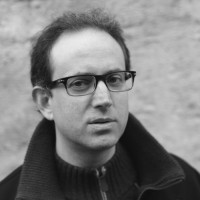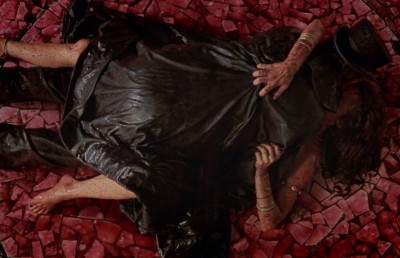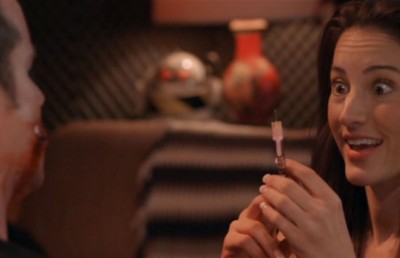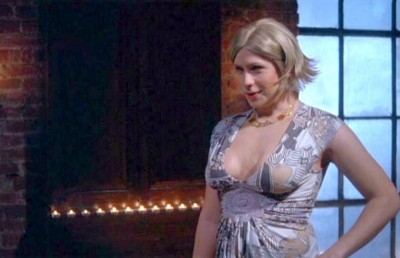Resonance of the Soul
The Function of a Sound Motif in The Clone Returns Home
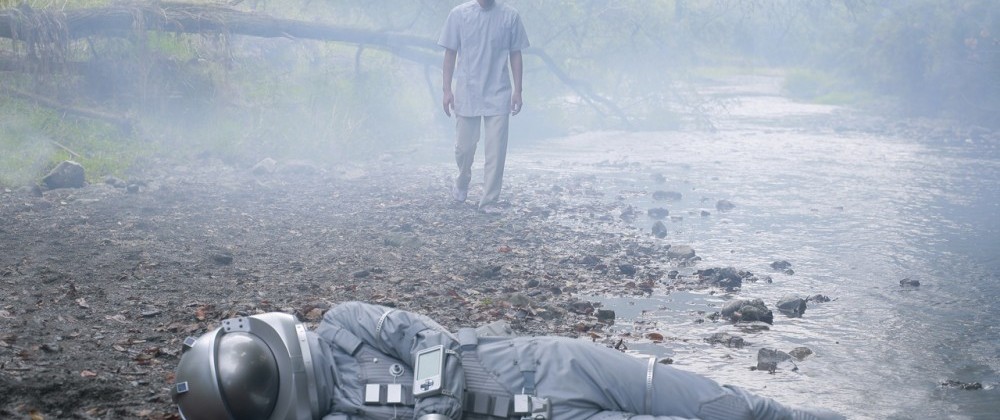
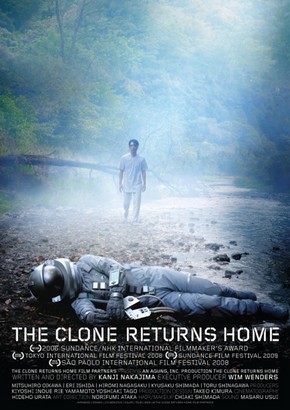
As young boys in rural Japan, Kohei and his identical twin Noboru are inseparable, though often at odds with one another.
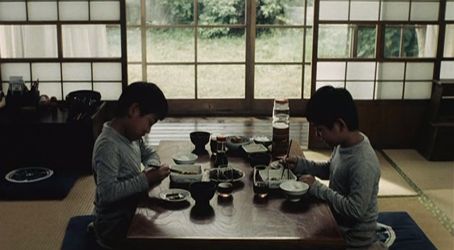
One day, while playing together on the banks of a river, Kohei wades into the water despite Noboru’s protests. He quickly succumbs to the current and disappears from his brother’s view. In a panic Noboru shouts for help, and with none forthcoming he enters the water to look for his brother. Noboru also gets caught in the current, and as Kohei re-appears on the opposite bank with a deep gash on the back of his hand, he turns around to discover his brother gone without a trace. For the rest of his life he lives with the guilt of having inadvertently caused Noboru’s death by entering the stream despite his brother’s caution. His mother is anguished, but doesn’t blame him. Instead, she demands that Kohei remain alive for the duration of her life so that she does not have to suffer the burial of another son.
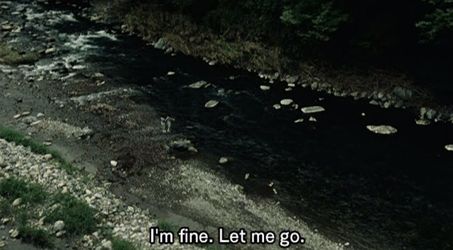
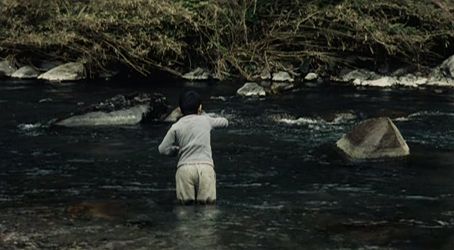
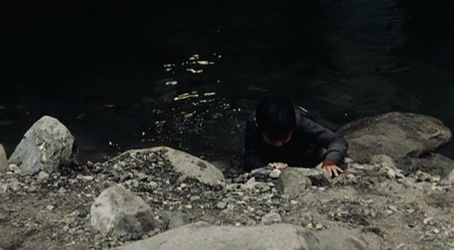
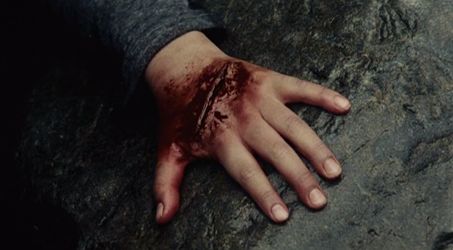
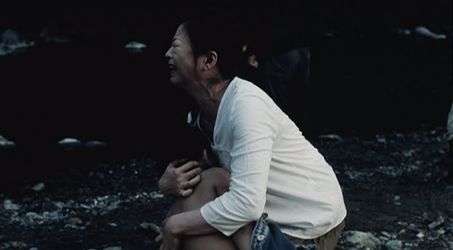
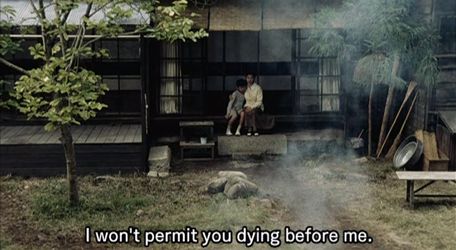
Decades pass and Kohei grows up to become an astronaut with Japan’s space program, living long enough to fulfill his mother’s wishes – though not by much.
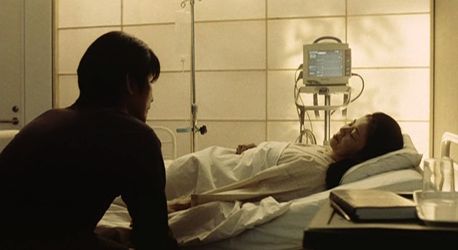
Shortly after standing by her side as she lay on her deathbed, Kohei finds himself on assignment at a space station in Earth’s orbit, losing air after his tether becomes disconnected while conducting a spacewalk.

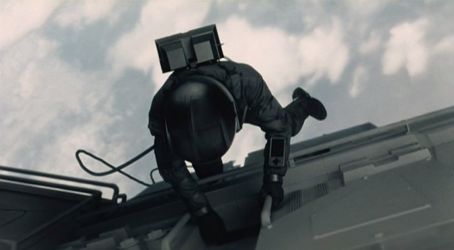
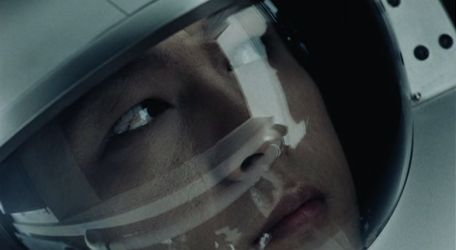
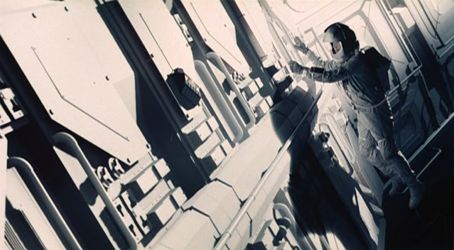
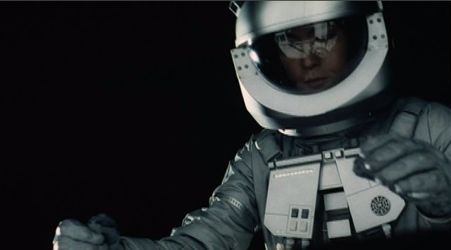
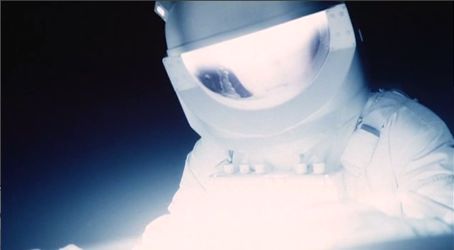
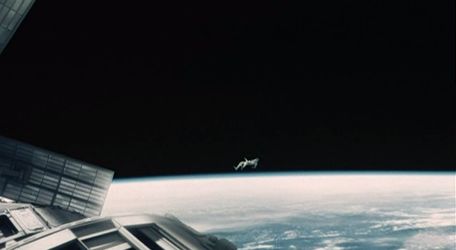
He dies, leaving his wife behind to decide whether or not to consent to the government’s request to use her husband’s genetic material in order to bring him back as a clone. The film doesn’t tell us whether or not she consents. However, the chief scientist, under pressure to clear his sullied name with a cloning success, goes ahead and makes a new Kohei anyway. And so Kohei #2 is born. But upon waking, Kohei #2 immediately becomes overwrought with anguish over the memory of his dead twin, and cannot function properly. He embarks on a journey back to his childhood home in the country. Along the way he finds a space suit bearing his name and containing a man that looks just like him. Is this the original Kohei, crashed to Earth after losing his orbit?

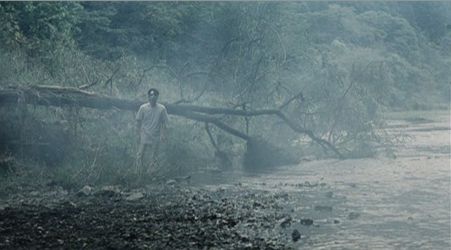
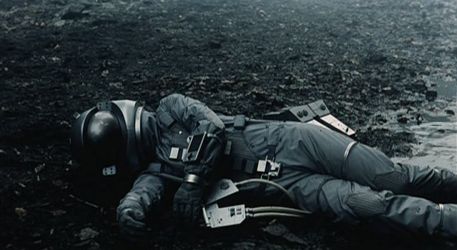
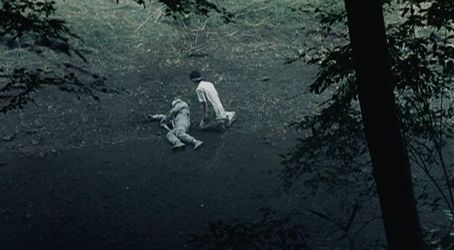
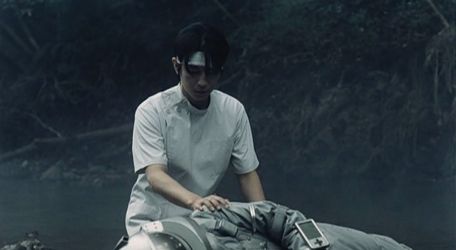
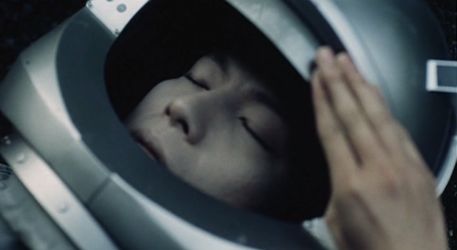
For Kohei #2, the man in the space suit becomes his twin brother Noboru, a reminder of the accident that continues to torment him. He drags the suit through the countryside in a dense fog both literal and figurative. Through the wafts of cloud that blow across the landscape we drift into his mind’s eye view of the world, occasionally gaining some distance as he encounters a few people who see him as a nut job dragging an empty space costume through the rain. He finally arrives home to find the place abandoned and dilapidated, the rain permeating the interior, a set design reminiscent of the famed final shots of Tarkovsky’s Solaris to which this film so clearly nods.
Back at the lab, the cloning engineer postulates a theory: the problem with a clone created post-mortem is “resonance.” As the scientist explains: resonance is “the effect of the original soul on the clone. The clone is a spirit connecting life and death. Extracting the memory and exposing of the corpse won’t erase the scars of the soul. The soul with no place to go draws near the echo and haunts him like a guardian spirit.” This resonance affects the clone adversely, causing the kinds of problems evident with Kohei #2. So after the departure of Kohei #2, the scientist proceeds to make a second clone, Kohei #3. His assumption? That the soul of Kohei #1 has gone with Kohei #2, leaving Kohei #3 to operate unencumbered by the effects of resonance. And indeed, Kohei #3 wakes up calm and collected, aware of his surroundings with memories in tact, but undisturbed by any past trauma – until he learns of the departure of the previous clone. He goes in search of Kohei #2, and finds him at their childhood home, now dead for some weeks. And so Kohei #3 is made to suffer the loss of his twin just as #1 and #2 have done before him. The resonance of the soul clinging to the clones becomes the echo of family lost to the mists of time, inaccessible yet clouding the present all the same.
The concept of “resonance” holds the narrative together. While it refers to the life of a soul occupying the space of the living after the death of its original host body, the word itself refers to an auditory phenomenon: the life of a sound activating space. And the film makes tangible this connection between the audible and the spiritual as the narrative is designed to revolve around six key instances of a recurring sound motif: a crystal glass resonating at the touch of a circling finger. The film places the bulk of its narrative weight on the power of this sound to evoke the depths of emptiness and loss that bind the Kohei clones together. My purpose in this article is to trace the recurring use of this sound throughout the film and demonstrate how it functions as the marker of the film’s profound exploration of the tangibility of the human soul.
Resonance #1The first time we hear this sound, the young brothers are playing together in the dining room of their home. One of them breaks a glass by accident. The mother hears this from the kitchen and comes over to clean it up. She then takes a new glass and demonstrates how to set it ringing by circling the rim with a moistened finger.
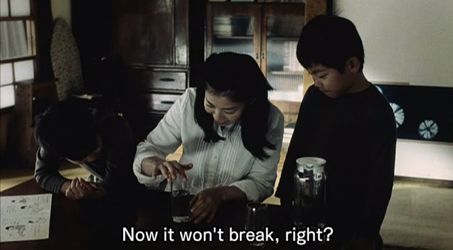
As the sound resonates she says that this will strengthen the glass and keep it from breaking in the future. The sound increases its dominance until it takes over the soundtrack entirely as we dissolve from a close-up on the glass to a low angle shot of a forest canopy that we will see again later in the film. We then cut again to an overhead shot of the stream where Noboru will drown, and the resonance decays until the ambience of the space is left in its wake.
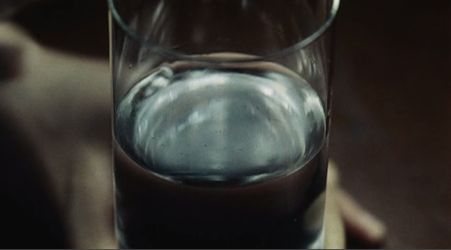
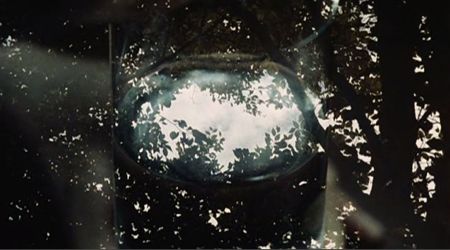
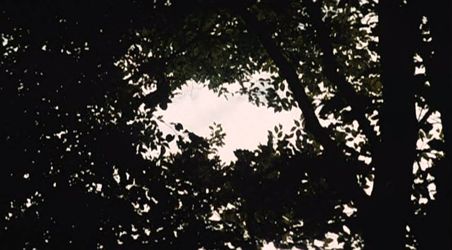
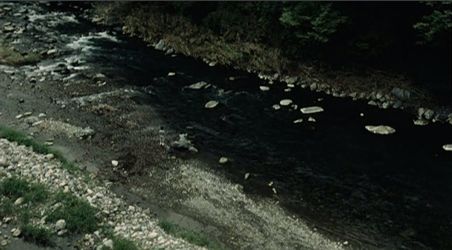
The sound thus begins as the product of a tangible source within the world that the characters call home, but it begins a movement away from this source and into the metaphorical almost immediately as it carries over shots that bring us to the site of Noboru’s death. We don’t know it yet, but the sound will bear the resonance of this tragedy throughout the rest of the film.
Resonance #2The sound is present again when Kohei #2 awakens in the lab upon regeneration. His eyes open and we cut to a silent shot of the same forest canopy seen previously. The ringing fades in, and continues over a cut back to the lab where we find Kohei #2 now sitting up and circling a glass of water in his hand, making it resonate as his mother taught him to. The doctors enter and, startled, Kohei #2 drops the glass and it smashes on the floor. It seems that the resonance isn’t enough to keep the glass from breaking after all, and this sets him to his inconsolable torment over the loss of his brother.
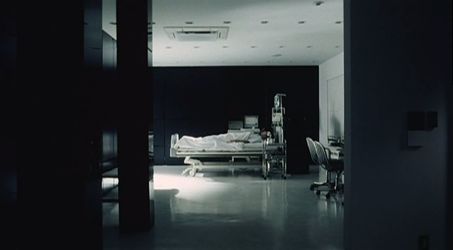
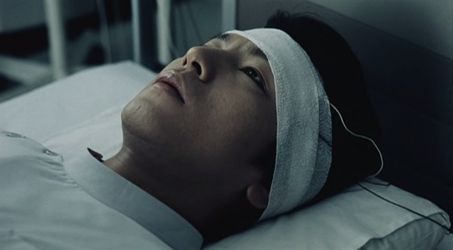
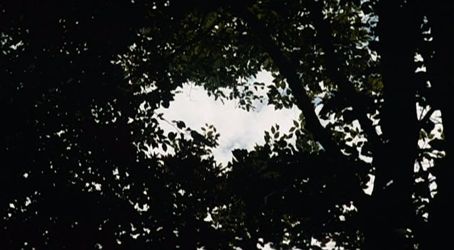
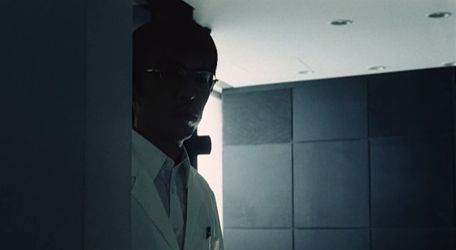
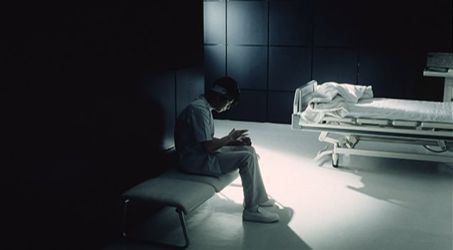
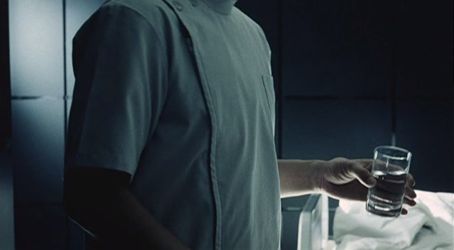
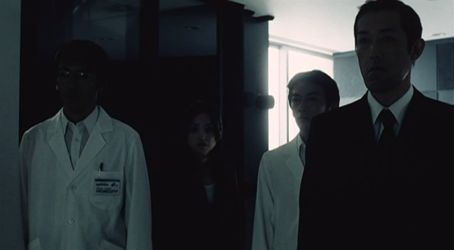
In this second instance of the ringing sound the order of events is reversed from the first instance. Here we first hear it as an unexplained sound hovering in the air, and then eventually it becomes grounded with the concrete source of Kohei #2’s glass. Between these two first instances of the sound we find the general operating principle of the motif: it continually moves from tangible source to ethereal suggestion, mimicking the resonance of the soul that emanates from a deceased body and moves through the world in which its successors walk.
Resonance #3The sound takes on greater narrative significance in the third instance. After Kohei #2 has awoken, the disgraced scientist explains his theory of resonance to the head of the lab. We learn that this theory is an obsession fueled by the death of his granddaughter who was the subject of his first cloning experiment, and the first to have succumbed to the effects of resonance.
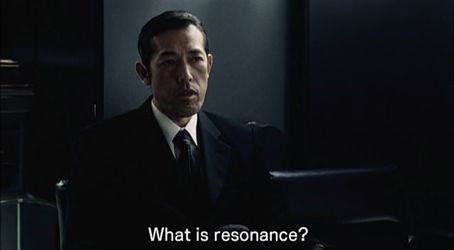
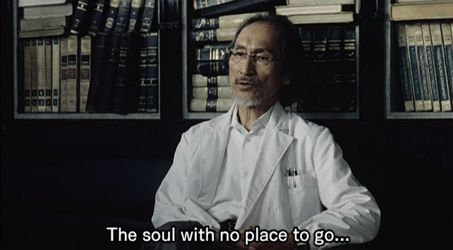
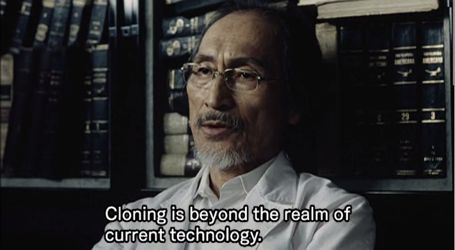
The sound comes in at the end of their conversation, just as the scientist declares his belief that the problem of resonance indicates that cloning is “beyond the realm of current technology.” The sound carries over to a shot of Kohei #2 awakening in his hospital room. Cut to the scientist, now alone in his office, the ringing sound now suddenly absent. He takes some medication and sets his glass of water down on the bureau next to a photo of his granddaughter. A close-up of the glass finds the still water suddenly in motion as though responding to the drip of an invisible tear. The ringing sound emerges again as we cut to a close-up of the scientist’s face, grimaced in sadness. A track back reveals first a delicate hand on his shoulder, and then his granddaughter by his side. But he does not acknowledge her. Cut to an exterior shot where Kohei #2 is now wandering the hospital grounds. The ringing sound carries over the cut but decreases sharply in volume with the move to the exterior, as though the sound outside is heard emanating from the office within. The sound then rises in volume as Kohei #2 looks up, the low angle shot of the forest canopy shown for a third time. This time, however, the shot is associated with Kohei #2’s perspective, and a floating body in a spacesuit is now visible high in the clouds above.
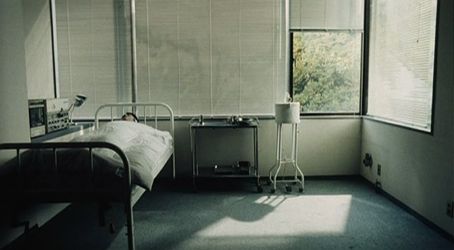
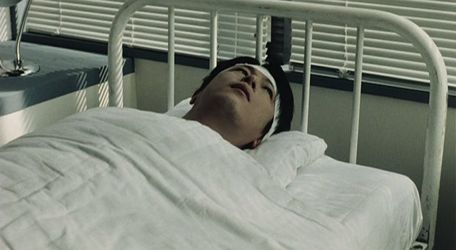
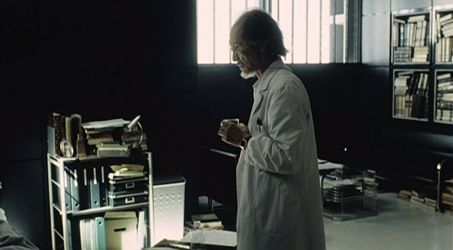
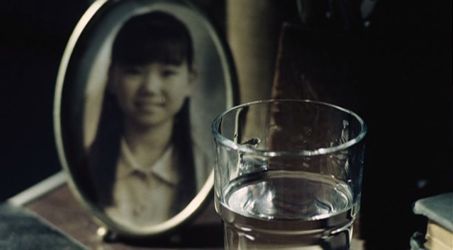
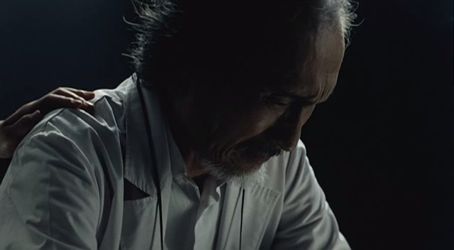
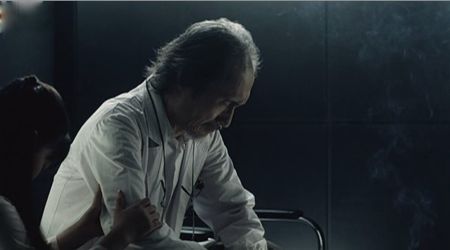
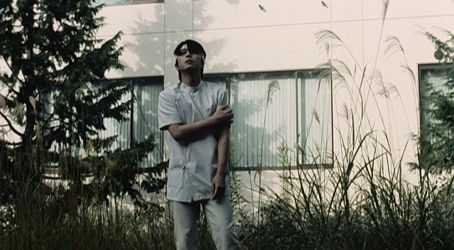
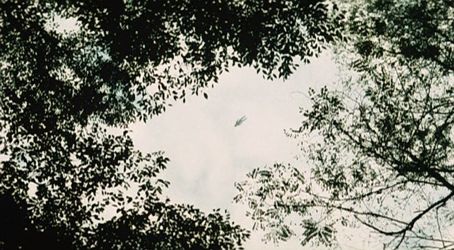
The ringing fades as Kohei #2 sets off on a walking journey that takes him across mist-laden landscapes until he reaches a stream reminiscent of the one where his brother Noboru drowned, and finds the spaceman lying motionless on the bank. He drags the suited body across the rural landscape.
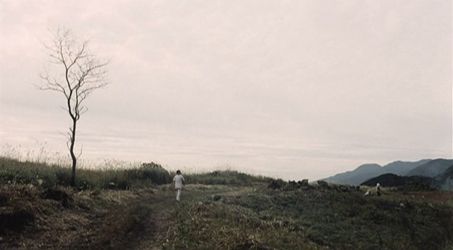
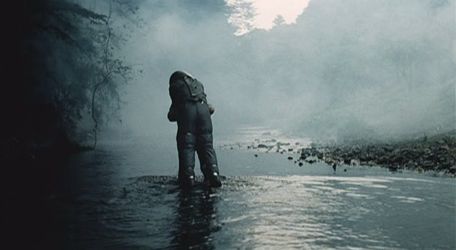
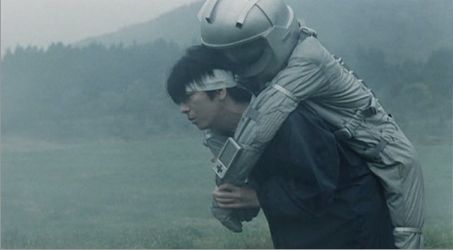
As he goes, the contents of the suit are called into question as he encounters people who see only an empty shell. One junkyard operator even takes the suit away and throws it in the trash.
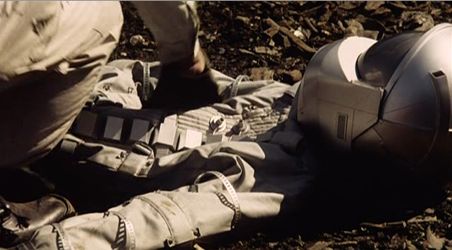
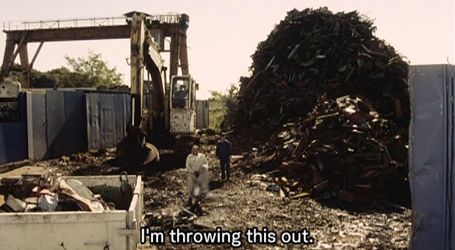
Later that night, as Kohei #2 sleeps in a barn, he wakes up to find the suit next to him once again, complete with body inside. The ringing sound emerges for the fourth time, bridging a series of dissolves that move us from a close up of the visor to the moon seen from Earth and then the Earth seen from space, a transference from the local to the global that draws the line between Kohei’s body on Earth and his death in space.
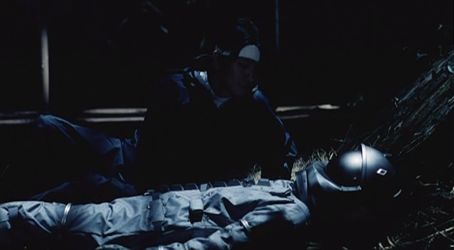
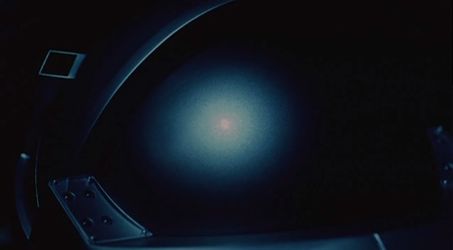
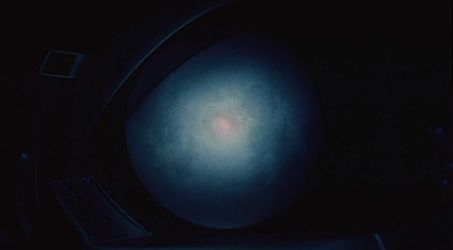
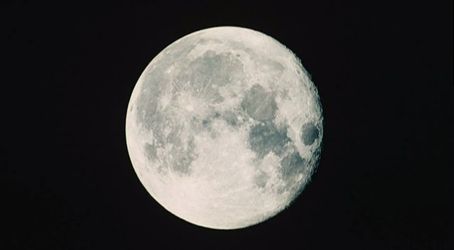
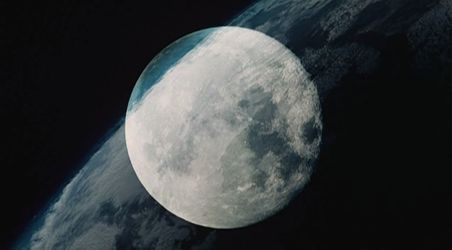
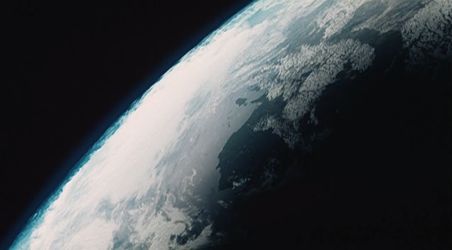
Here the ringing sound occurs for the first time without any reference to a glass, whether being activated by Kohei or his mother, or simply sitting next to a picture of the scientist’s granddaughter. In this fourth instance, the sound is solely associated with the spacesuit and its contents. And where once the sound began attached to the glass and then moved outward to the trees and landscape towards the space suit, now it starts with the spacesuit and moves outwards to space.
From here Kohei #2 makes the final leg of his journey home. At one point he stops and rests the body against a tree. Here it becomes explicitly clear that for Kohei #2, this is the body of his dead brother Noboru. He is not coming to terms with his own death and resurrection. Rather, the resonance of his original soul has haunted him into re-experiencing the loss of his past.
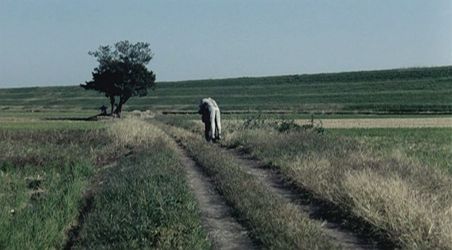
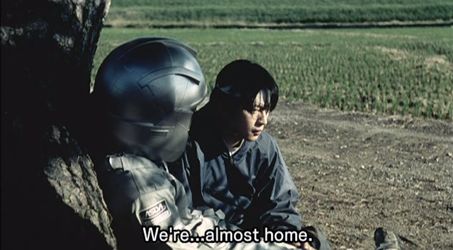
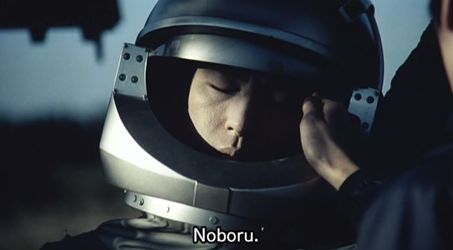
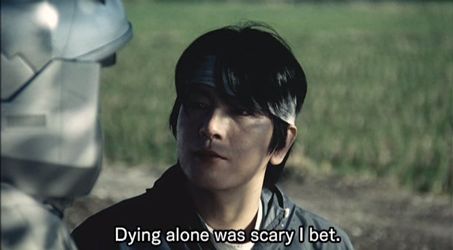
The fifth instance of the ringing sound occurs after Kohei #3 wakes up in the lab, much more composed and coherent than Kohei #2.
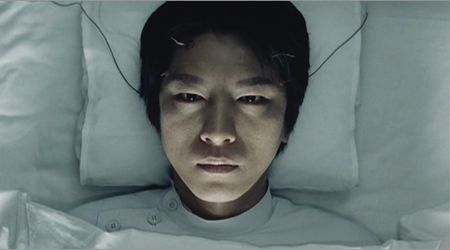
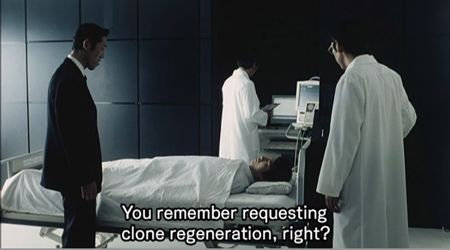
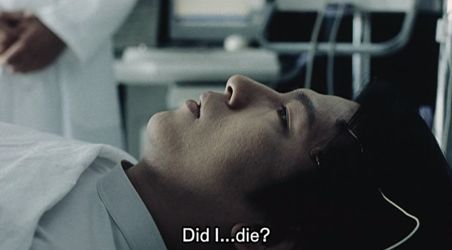
His composure and apparent normalcy leads the scientist to believe that the secret to banishing the resonance that haunts a clone is to create a second.
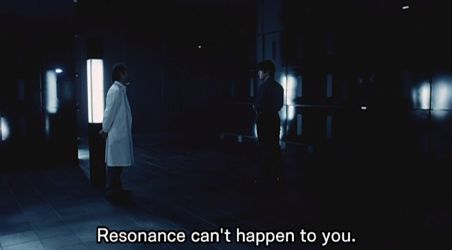
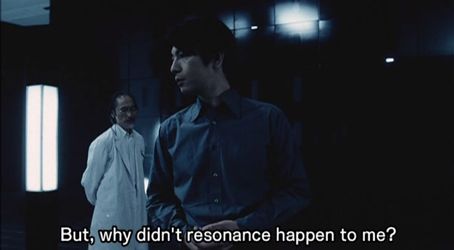
To confirm his theory he asks Kohei #3 if he has experienced anything abnormal. In the middle of their conversation, the ringing sound emerges. The scientist stops, and acknowledges that he can hear the sound. As the camera tracks leftward, his granddaughter is revealed standing behind him, apparently invisible to the two men. He asks Kohei #3 if he, too, can hear the sound.
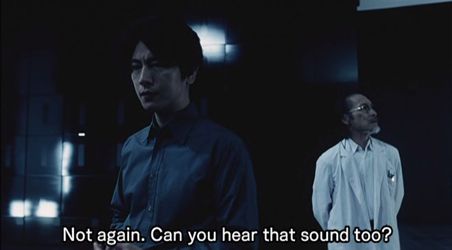
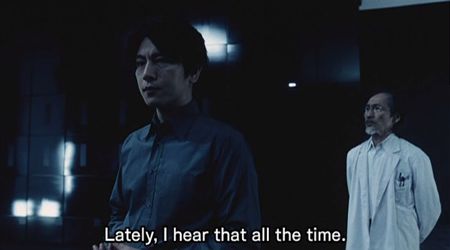
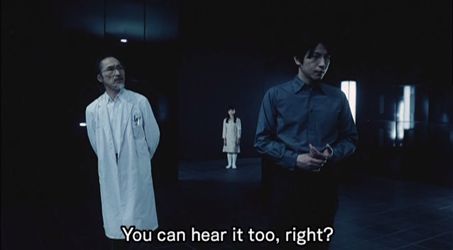
Kohei doesn’t answer. Instead, all the ambient sound cuts out, leaving the ringing alone as we cut to a flashback shot of Kohei’s mother holding Noboru in her arms after his body was recovered from the stream. Cut to a close-up on Noboru’s lifeless face, and then a dissolve to the same landscape where we first saw Kohei #2 begin his journey home. The ringing sound fades away as the rural soundscape fades in, and Kohei #3 enters the frame and begins his own journey home to re-join his earlier clone.
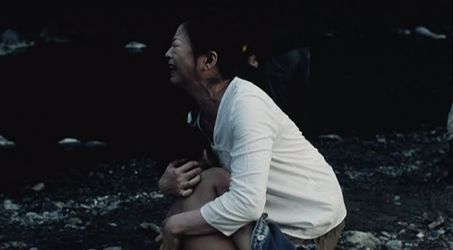
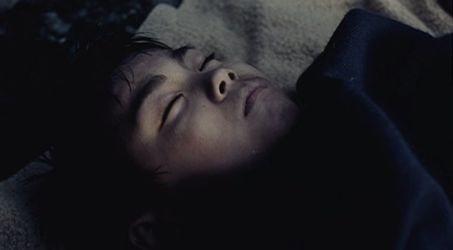
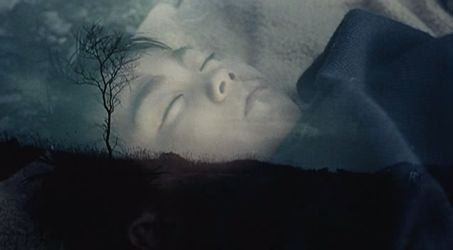
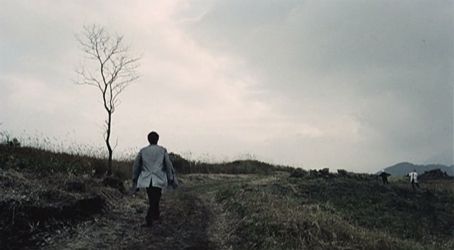
The question as to whether or not Kohei #3 can hear the sound is essential, for it puts the recurring motif into a different register than what has been established in the film up to this point. When the ringing sound has been attached to a glass in the first two instances, it is presented as a sound that can be heard by the characters in the film. When it breaks away from this implied visual source and provides the soundscape of exterior spaces, it becomes more abstract, not necessarily a function of the environment. And as the film progresses, the sound becomes more and more linked to the theme of loss –of Kohei’s brother Noboru, and of the scientist’s granddaughter. Yet the scientist is the first to openly declare that he can hear the sound when it is presented in its open form, suggesting that it remains an actual resonance in the world that clings to the victims of loss rather than simply a cinematic device used to signal a narrative theme for the audience. And yet the sound remains ambiguous. If Kohei #3 cannot hear the sound, it suggests that resonance is an interior experience, the resonance of the scientist’s granddaughter haunting him and him alone. But even if Kohei #3 does not hear the sound of the scientist’s resonance, he is en route to discovering his own.
Eventually Kohei #3 ends up back at his mother’s home and finds the spacesuit there. It is empty, as everyone other than Kohei #2 has seen it. But the fact that the suit is real, and that it did belong to the original Kohei, is bizarre enough a coincidence.
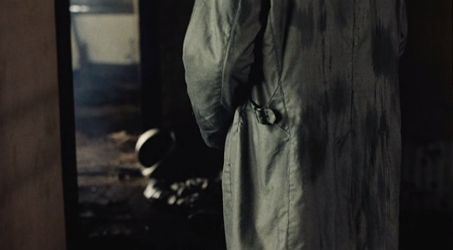
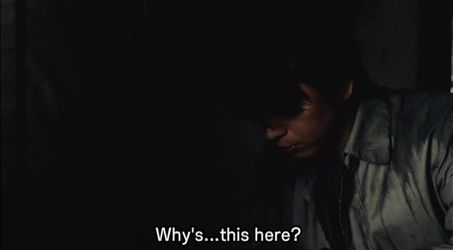
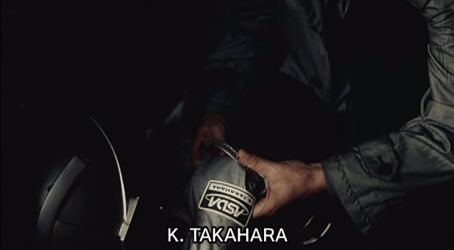
Then he finds Kohei #2’s lifeless body, and he is finally confronted with loss. He buries Kohei #2 in the yard, and then has a vision: Kohei #2 rises and approaches the home with his mother and the young Noboru there waiting for him. All falls silent. Kohei #3 approaches and shouts “Mother!” Cut to a reaction shot of the mother, pausing for a moment before she slides the door shut as though wondering if she has heard something. Without responding, she closes the door.
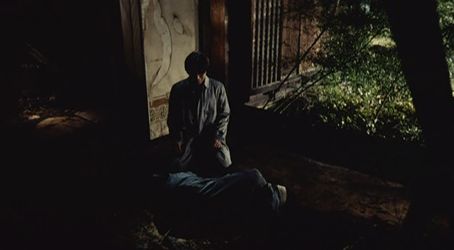
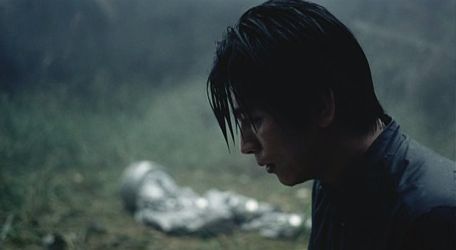
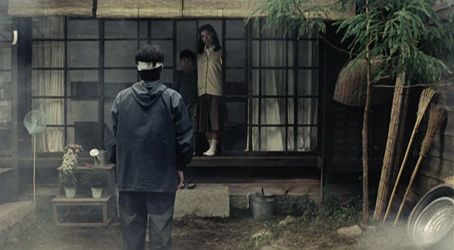
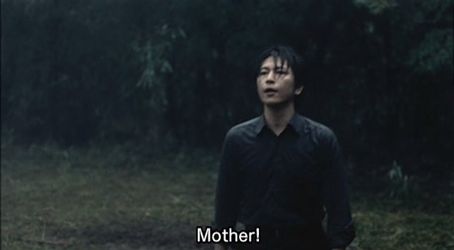
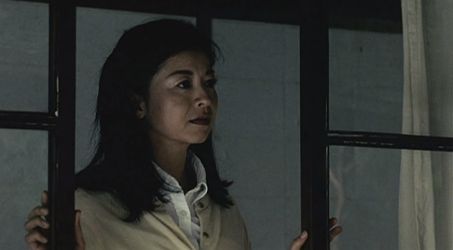
Again we can ask the question: did Kohei’s mother hear Kohei #3 call out to her? Or is his voice like someone else’s resonance drifting on the wind? Significantly, the ringing sound is not present in this scene. Kohei #3 has not yet been presented with the ringing sound associated directly with a resonance of his own. But now, with his earlier clone returned home to be with those he has lost, the resonance of the original Kohei’s loss has been broken from its cycle and is now free to catch up with Kohei #3.
Resonance #6He grabs the suit and drags it off on a new journey to who knows where. As he walks the ringing sound emerges for the sixth and final time. A single shot moves down from his face to his hands, back up to his face and then right to a shot of the helmet on his shoulder, visor open, his ear kept in frame on screen left. It is as though the sound is ringing inside the empty helmet. The camera then moves back down the body to the hand again, and it now bears the scar that Kohei #1 incurred as a child when he cut his own hand open on the rocks in the stream while looking for his brother.
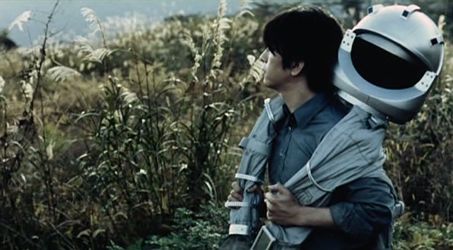
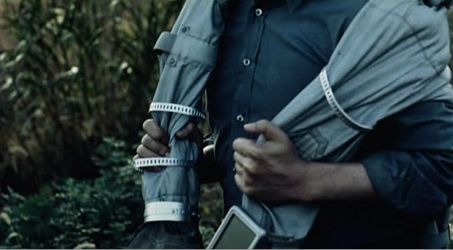
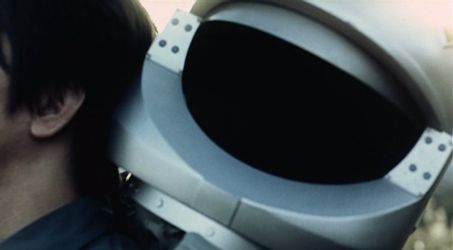
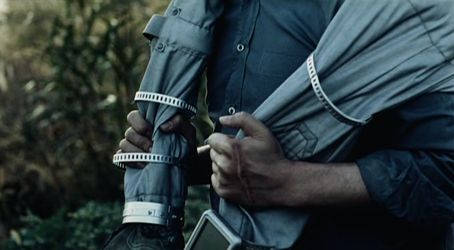
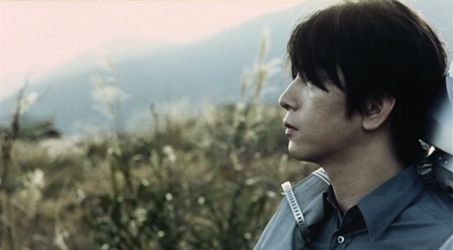
You can’t erase the scars of the soul, or the scars of the flesh, for they are one and the same. And this reflection of the interior on the exterior is precisely what the ringing sound has been pointing to all along. This shot suggests that the resonance is equally a function of the external world, something that might be audible through the ear, and the internal space waiting to be filled, an emptiness embodied here by the spacesuit. Kohei #3 was born clean, free of resonance, but not fully human for being so. Now, the emptiness of his soul is filled with the resonance of loss. The scientist’s mistake, in the end, was that he didn’t recognize resonance as a crucial function of humanity.
The film asks us to consider what a character can hear, what is meant as a symbolic use of sound, and where to draw the line between the two. And in doing so, the sound raises questions about the physical tangibility of the soul. Is it something that is scientifically quantifiable, as a sound resonating through a given space would be? Or is it something intangible, a subjective expression of one’s inner experience? Or, does the soul join these two spheres together?
Kohei #2 returned home in the literal sense. But this literal home is inaccessible for Kohei #3. For him, home is the emptiness he must carry with him at all times, the resonance that began as the sound from his mother’s glass at the dining room table, and ends as the hollow emptiness of his own soul, snatched from death and made to suffer the scars of his brother’s death for the rest of his life. And so in the film’s final shot he wanders off into the dense fog, itself a physical manifestation of the haziness of memory and the inaccessibility of the past. Like the sound of the ringing glass, the foggy landscape began with a tangible source that stemmed from home: the fireplace outside the house. But as the film progresses this fog gets thicker as the events depicted increasingly blur the distinction between internal experience and the world outside. And in the end, the two are indistinguishable. This is the resonance that the film explores, and its development of a narrative theme of listening as a function of accessing the soul is what holds the film together.
